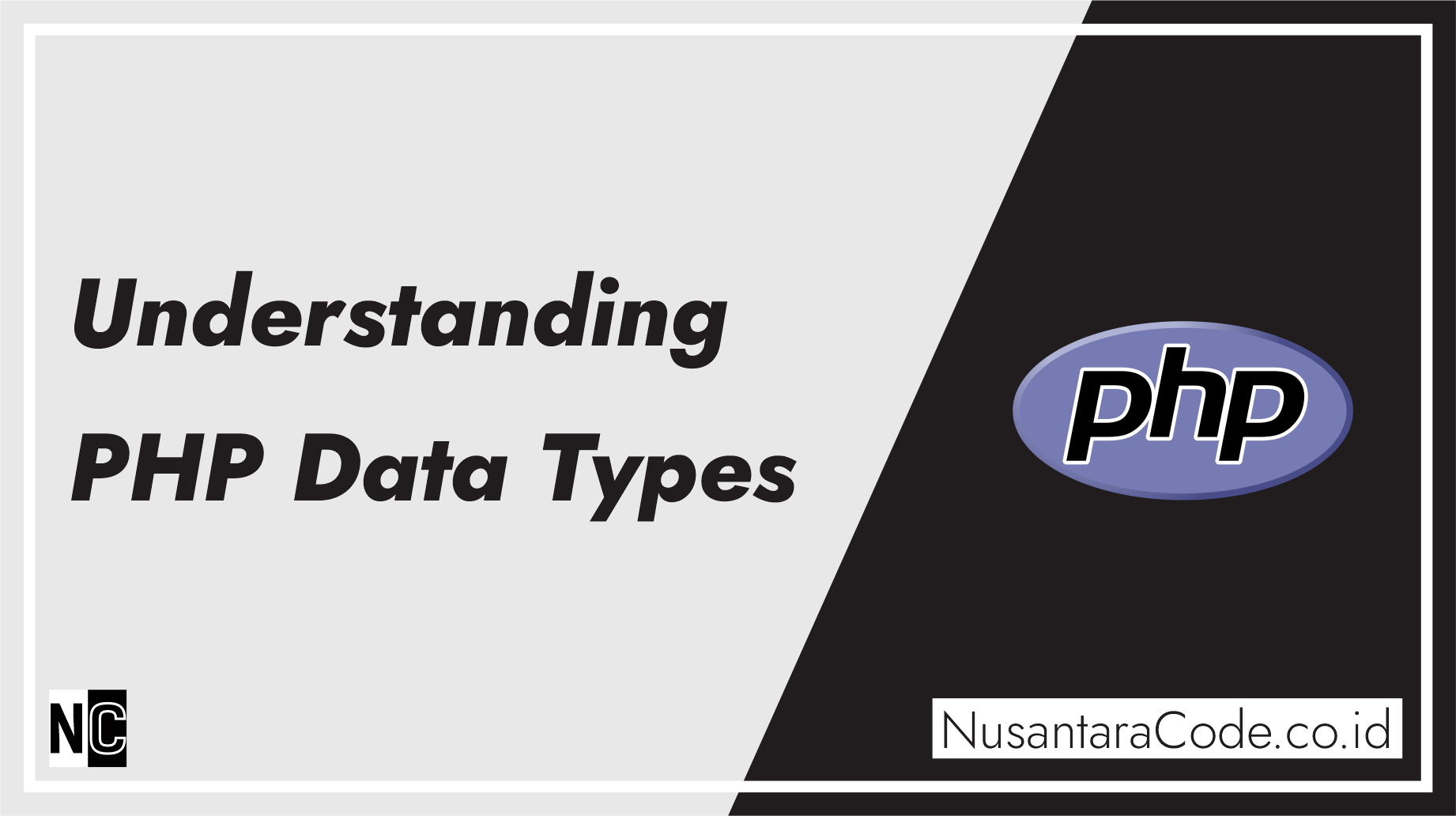In the realm of PHP, data types play a pivotal role in defining the kind of information that variables can store and manipulate. By understanding these different types, you’ll be equipped to write efficient, well-structured code that adheres to best practices. This article delves into the various data types offered by PHP, guiding you through their characteristics, uses, and best practices.
Types of Data Types
PHP offers a diverse set of data types, broadly categorized into three main groups:
- Scalar Types:
- Integers (int): Represent whole numbers without decimals, ranging from -2,147,483,648 to 2,147,483,647.
- Floats (float): Represent numbers with decimals, used for precise calculations.
- Strings (string): Represent sequences of characters, used for text-based data.
- Booleans (bool): Represent logical values, either
trueorfalse.
- Compound Types:
- Arrays (array): Ordered collections of multiple values, indexed by keys.
- Objects (object): Instances of classes, encapsulating data and behavior.
- Special Types:
- Null (null): Represents a variable with no assigned value.
- Resource (resource): Represents references to external resources, such as database connections or file handles.
Key Considerations
- Type Juggling: PHP automatically converts data types when necessary, but it’s crucial to be mindful of potential unintended consequences.
- Type Declarations: While optional in PHP, explicitly declaring data types using type hints enhances code readability, maintainability, and error prevention.
- Type Interoperability: Understanding how different data types interact with each other is essential for effective coding.
Best Practices
- Utilize Type Hints: Improve code clarity and catch potential errors early on.
- Be Mindful of Type Juggling: Avoid unexpected conversions by ensuring consistent data types in operations.
- Choose Appropriate Data Types: Select the most suitable data type for each variable based on its intended purpose.
- Consider Type Conversions: When necessary, use explicit type conversion functions to ensure accurate results.
- Test Thoroughly: Verify code functionality with different data types to prevent errors.
Mastering PHP data types is a fundamental step towards building robust and reliable PHP applications. By understanding their characteristics, best practices, and potential pitfalls, you’ll write cleaner, more efficient, and less error-prone code, ultimately enhancing your PHP development skills.tunesharemore_vertadd_photo_alternate
